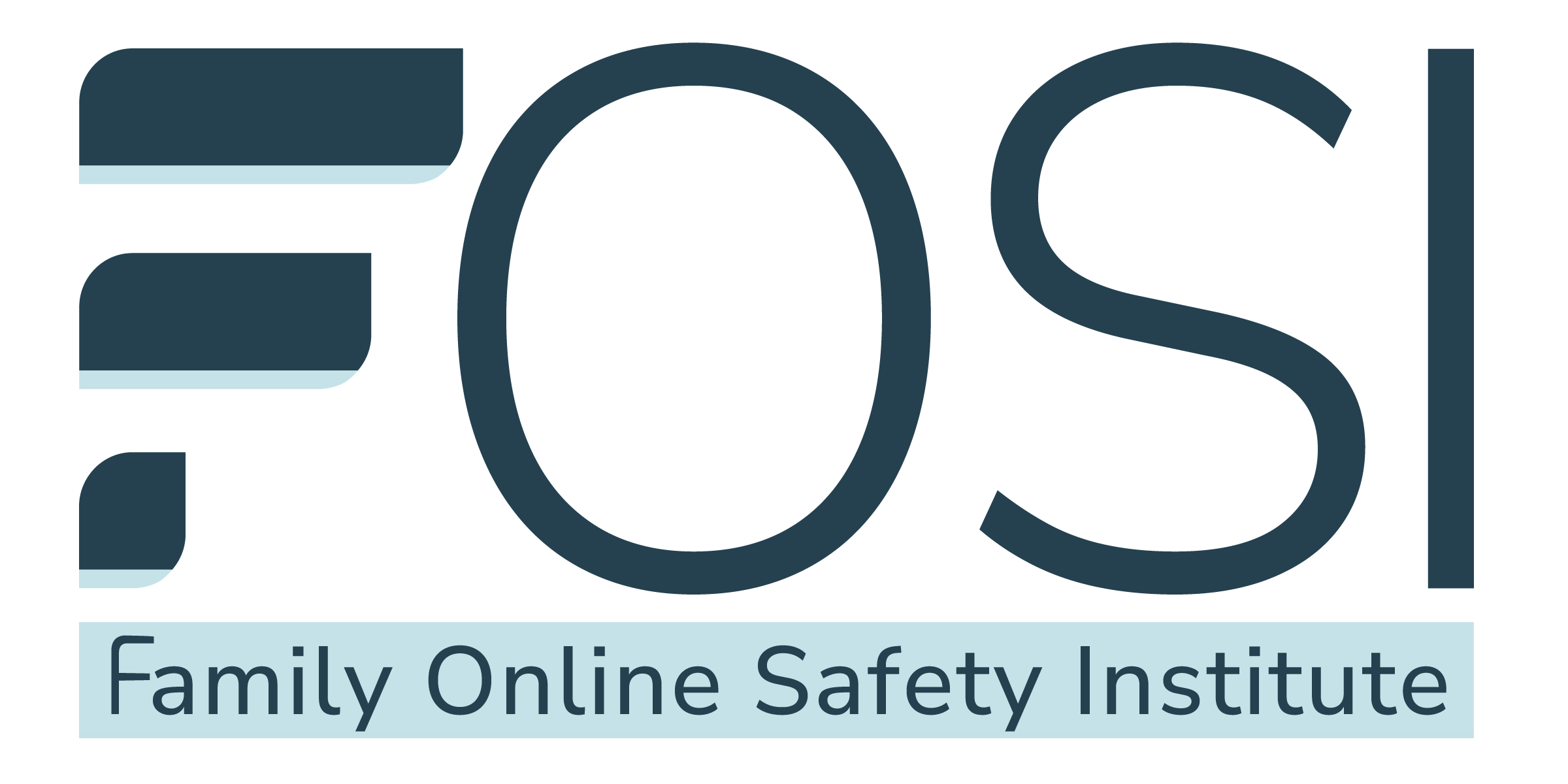In 1995, Time magazine ran a controversial cover story based on the now discredited Rimm study on what was then known as “cyberporn”. The study and the story with its salacious front cover image led to much hand wringing. There followed a Senate Judiciary hearing in which shocked Senators, some of whom had never even seen an email, called for measures to protect the innocent - particularly our children - from this onslaught of smut.
And thus, the parental control industry was born, with many companies, from AOL to NetNanny, stepping in to save the day. My own organization at the time, the Recreational Software Advisory Council, pledged to create a rating system for websites so that parents could block images they didn’t want their children to see. All these efforts were created to put some level of control in the hands of parents as they plugged in their new modems to the family PC.
The high cost and slow speed of dial-up was likely the most effective parental control in the early years of the web. But as modems gave way to fibre optic cables, the means to access the web got faster and more pervasive. With the advent of social media, kids began to create the kinds of content we used to try and keep them away from. And they were doing it on the fly with smart phones connected to cheap or free wifi. The old advice to keep the family PC in the living room wilted in the face of dozens of devices, phones, video game portals and even smart speakers dotted all over the house and (far too often) in kids’ bedrooms.
What was a good digital parent to do?
The early fixations of Web 1.0 on inappropriate content (namely, porn) gave way to a more complex range of issues that had more to do with kid’s behavior - cyberbullying, sexting, screen time - than merely what they were consuming.
The levels of complexity grew when it became apparent that not only were kids the victims of these bad behaviors online, but also the perpetrators. By the mid 2000’s and the advent of Web 2.0, social media sites like MySpace and the upstart, Facebook, had arrived. The teens of those times had grown up with the Internet and were disconcertingly savvier online than their parents. A generation gap began to emerge between the digital natives (the kids) and the digital immigrants (their parents). A decade later, we found in our recent study, Tools for Today’s Digital Parents, that millennial parents were far more likely than Gen X or Boomer parents to admit that they feared their own children might be guilty of social media misbehavior.
So where should the emphasis be when trying to keep your kids safe online? Clearly, you should not hand a 5 or 6-year old a tablet with unfettered access to the Internet. Parental controls are a must for Pre-K and elementary school kids. They do not have the mental or emotional maturity to deal with adult pornography, violent images or hate-filled web pages. Another finding from our recent study is that the key point for parent intervention and the setting of online rules is when their children are aged between 7 and 11-years old.
However, as children enter Middle School and certainly into High School, the training wheels will naturally start to come off. This is where the shift from blocking to talking is so essential. A time when you (with the kids’ involvement) draw up household rules and create fair consequences for rules that are broken. As your teen gets older, you move from monitoring to mentoring, acting more like a co-pilot as they navigate their way through the infinite resources, videos, photos and pages of the ever-expanding Web. Our study described this as a “journey towards trust” and the eventual relinquishing of responsibility onto their older kids.
As parents, we convey our values to our kids and ask them to apply these as they encounter difficult and challenging content and exchanges online. We help them move from parental controls to online safety tools that young people use themselves to block and report abusive users, filter out content they don’t want to see or set posts to private. Anecdotally, we hear that teens are already using these tools without their parents' knowledge, gaining agency and resilience in the face of unwelcome attention or distressing messages.
As we get ready for a post-pandemic world, let’s not lose sight of the importance of giving our teens and young people agency to control their online experiences and to keep the conversations going about what it takes to be as safe as possible online. We need to better understand what steps kids are already taking to protect themselves and to spur apps and platforms to do more to put more controls into the hands of young people themselves. Let’s build the tools to empower and encourage resilience in our kids as we recover and emerge from a year of lockdown into a new normal.














.svg)

